Allium

Also called ornamental garlic, this purple plant will offer you a beautiful ball-shaped flowering created from a multitude of small star-shaped flowers. It is an easy-to-maintain plant which, in addition, has the advantage of being perennial and resistant to cold. It is considered a vegetable plant but is very decorative, especially if you plant at least 5 bulbs in the same area.
Aconite
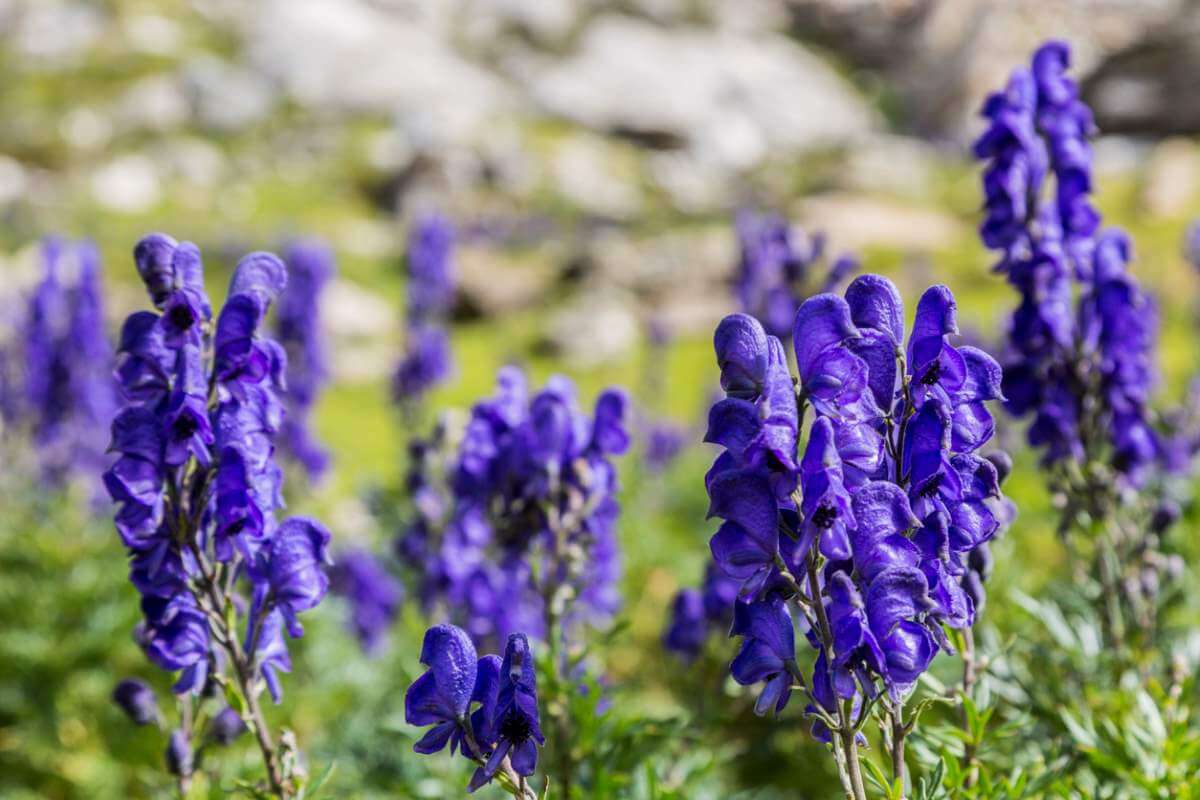
This shrub adorns itself in autumn with a beautiful purple flowering. It is ideal for colder regions since it does not fear frost. To encourage its development, be sure to install it in a shaded location and keep the soil moist when it is hot.
Japanese anemone

It is a perennial bulbous plant with bright and graceful flowering, which tolerates short frosts and which can therefore be left in the ground. Although you can plant Japanese anemone bulbs in spring, September is the perfect month for planting them. Whatever the season, install them in a location in partial shade and sheltered from the wind. At the time of flowering, you will have to remember to regularly cut off the faded flowers to encourage the appearance of new flowers and, in winter, you will have to cut back the clump.
Astilbe
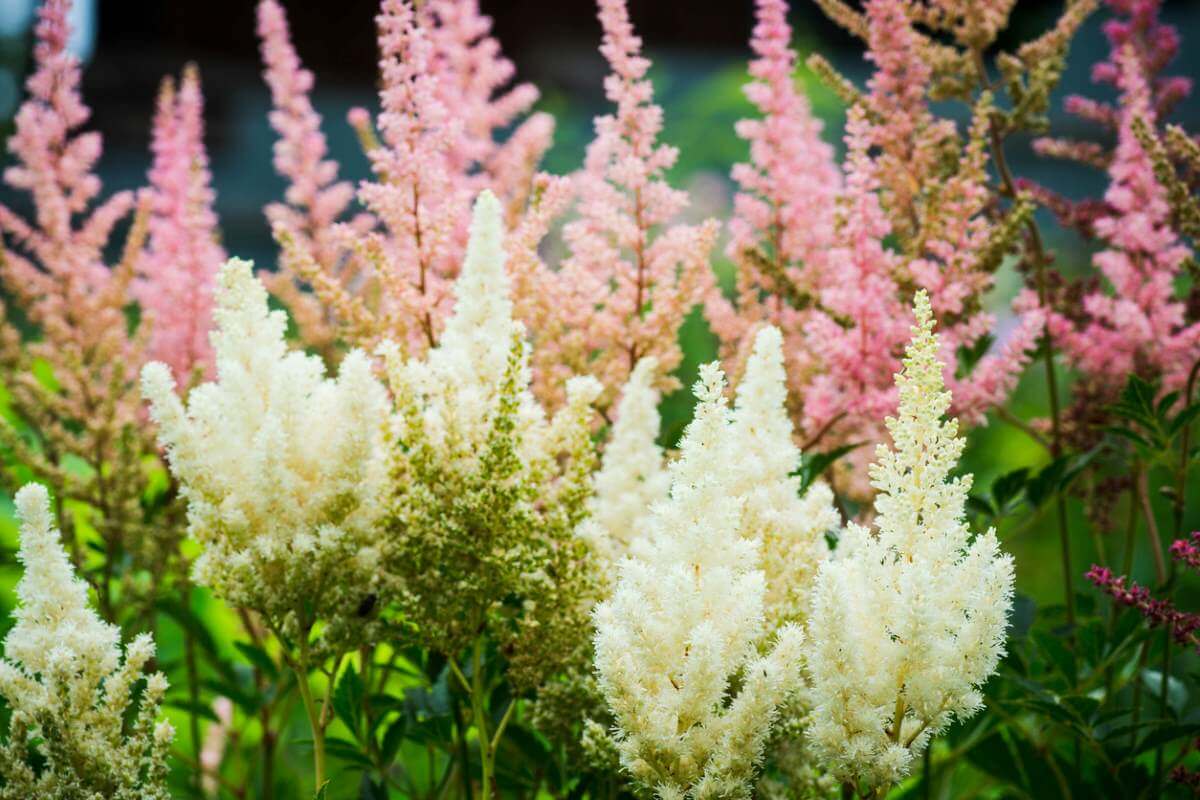
In areas of your garden that are shaded, you can plant astilbes. This rhizomatous perennial plant comes in different species whose stems, which are adorned with vaporous pink, white, blue or red flowers, can reach 1 meter high. This plant, ideal for illuminating shady corners, can be planted from September until October.
Crocus
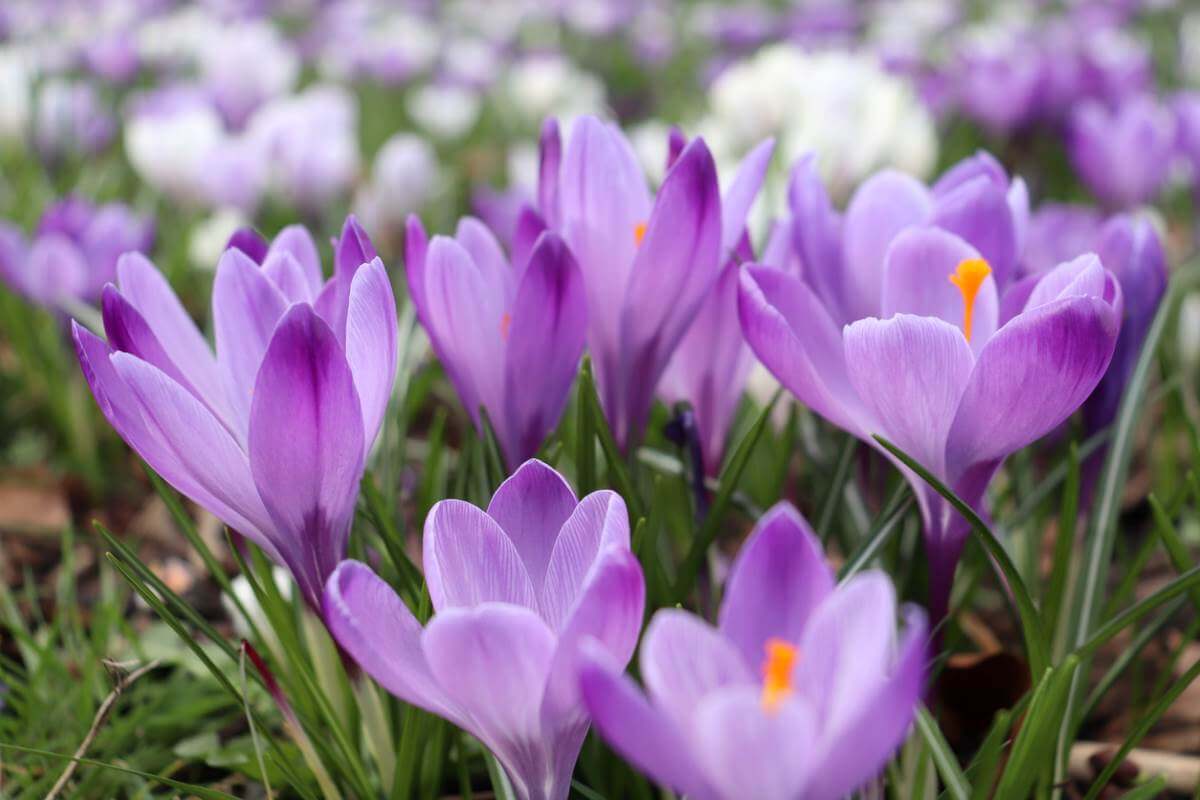
Plant crocus bulbs to enjoy their spring blooms year after year. You can plant them until autumn. To do this, simply dig a hole 5 to 10 cm deep and place the bulb point upwards. Then all you have to do is cover with soil and wait. After flowering, when the foliage turns yellow and the flower has completely faded, cut back your crocus to allow it to regenerate.
Camellia

This evergreen shrub offers beautiful, colorful flowers. You can plant it in a location in partial shade in an ornamental garden between September and October, or between April and May. When planting it, consider adding heather soil to your garden soil.
Fritillary
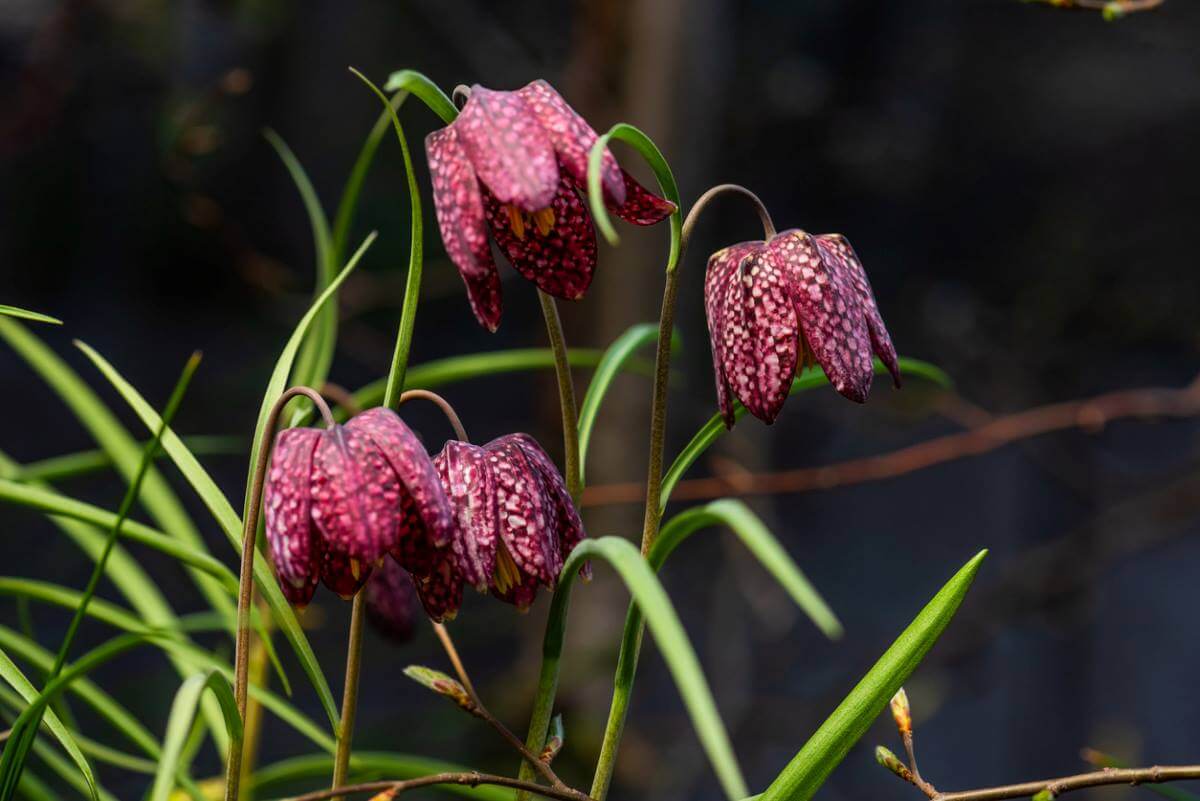
Fritillary bulbs should be planted quickly in September to take advantage of their bell-shaped flowers. Fritillaries come in different colors. As a general rule, you should plant fritillary bulbs at a depth that is three times the height of the bulb. Be careful, however, because certain varieties have specific needs: remember to find out when purchasing.
Hellebore
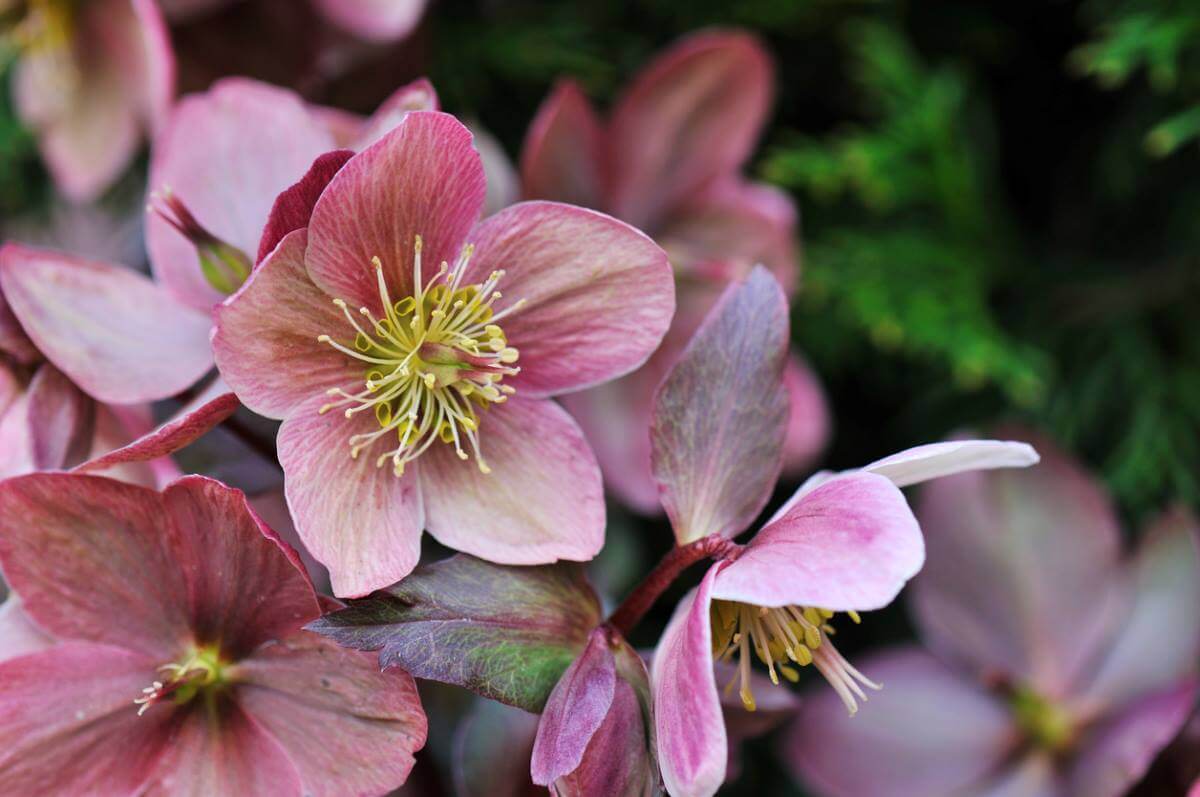
In September, you can plant hellebores also called “ christmas roses “. It is a fairly tolerant plant which, in winter, is adorned with magnificent flowers of different colors. The hellebore thrives in rich, moist, drained soil and in a partially shaded location. It is an easy to grow and perennial plant that will flower for many years.
Iris

Widely distributed in gardens, irises come in different colors to brighten up your garden with their elegant spring flowering. As for the nature of the soil, the iris is not difficult as long as it is installed in a sunny location where it will grow easily.
Hyacinth
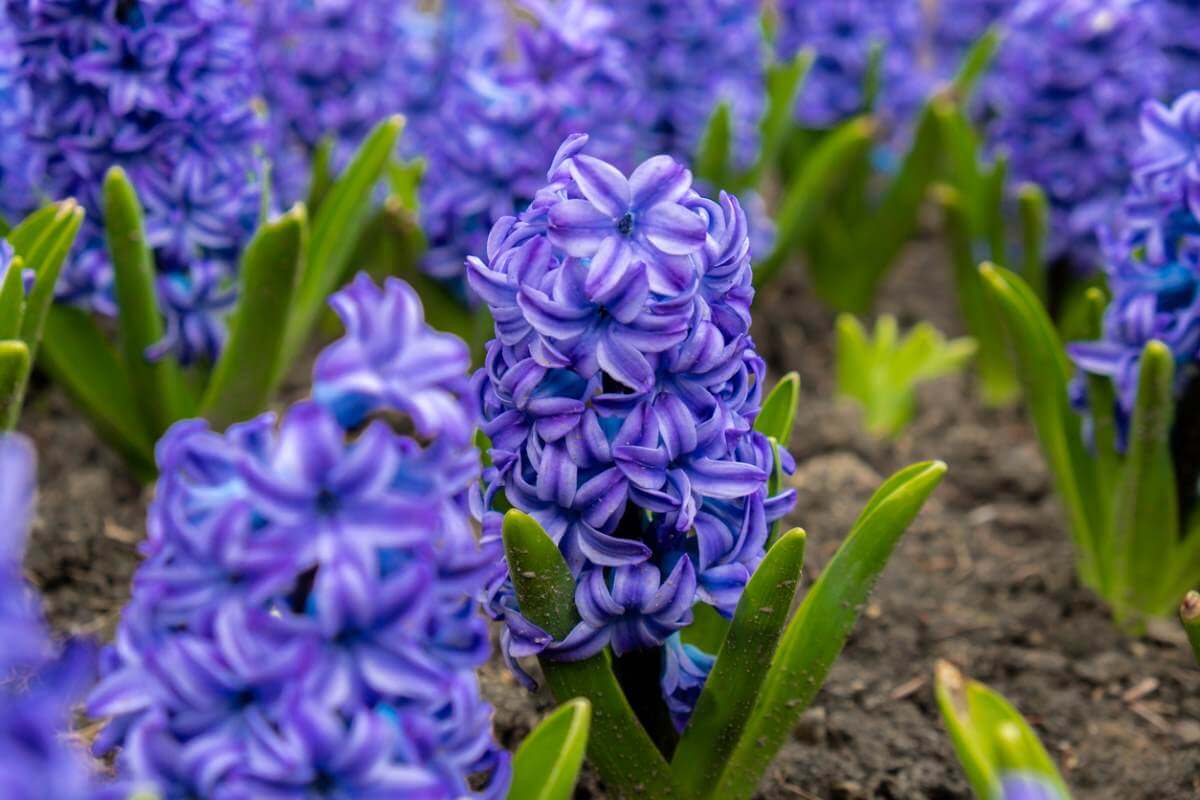
From September to December, you can also plant hyacinth bulbs in a location in partial shade or in a pot. To do this, bury the bulb in a hole with a depth that corresponds to 3 times its height. Position it vertically and cover with soil. If you plant it in a pot indoors, it will offer you its fragrant flowers during the winter, on the other hand, if you plant it in the ground, you will have to wait until spring.
Lily
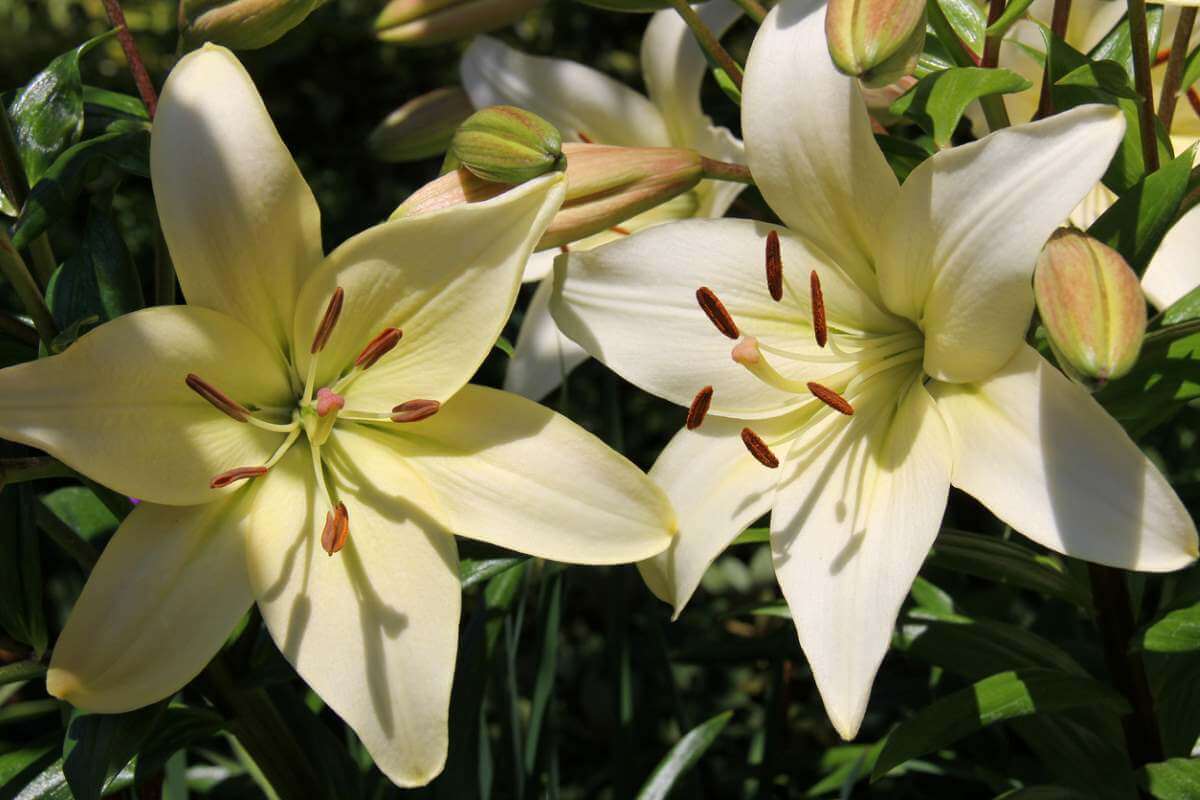
With very elegant flowers, the lily is a herbaceous plant that you can plant in autumn. Even though white is the first color that comes to mind when it comes to lilies, you will have different colors to choose from. The lily has the advantage of multiplying naturally so you can enjoy more and more flowers year after year.
Muscari
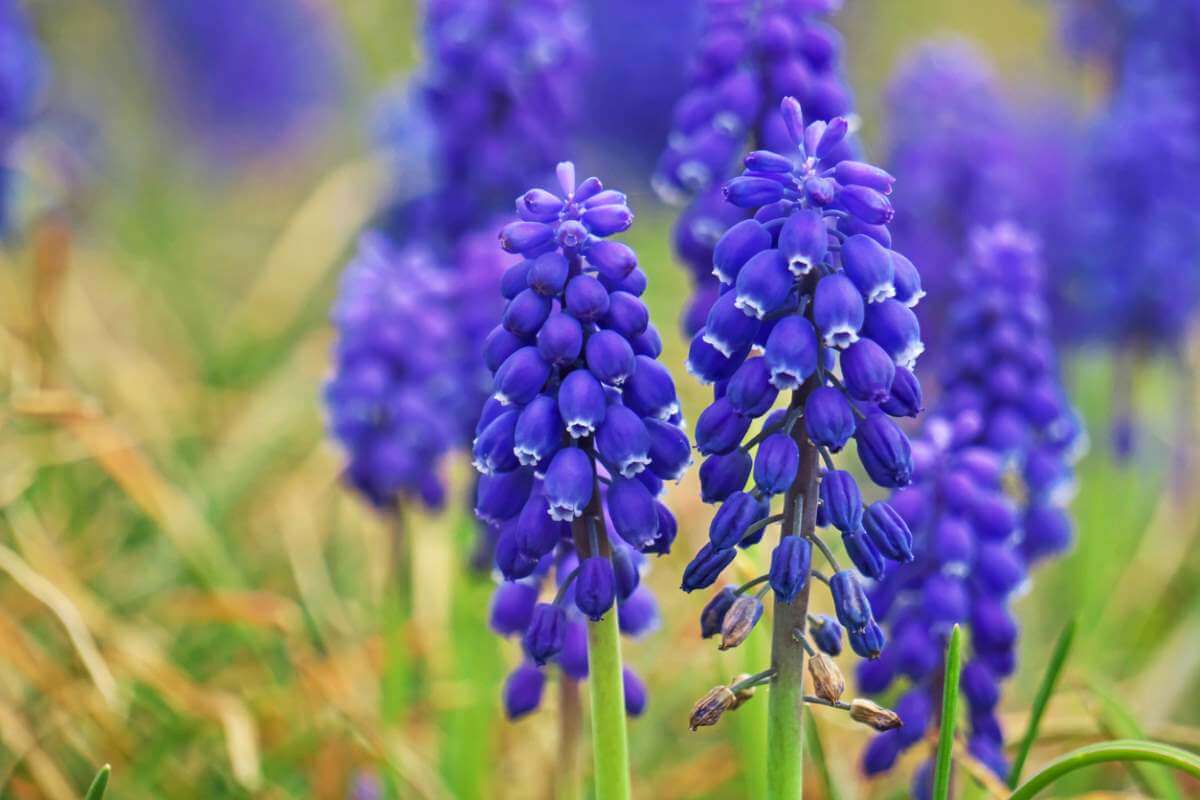
In September, plant grape hyacinths to enjoy their colorful cluster-shaped flowers as soon as spring arrives. Here again, in terms of color, you will have the choice, since grape hyacinths are available in yellow, blue, lilac or white. Very easy to grow, this small bulbous perennial plant can even become invasive, because it multiplies by itself by resowing itself.
Narcissus
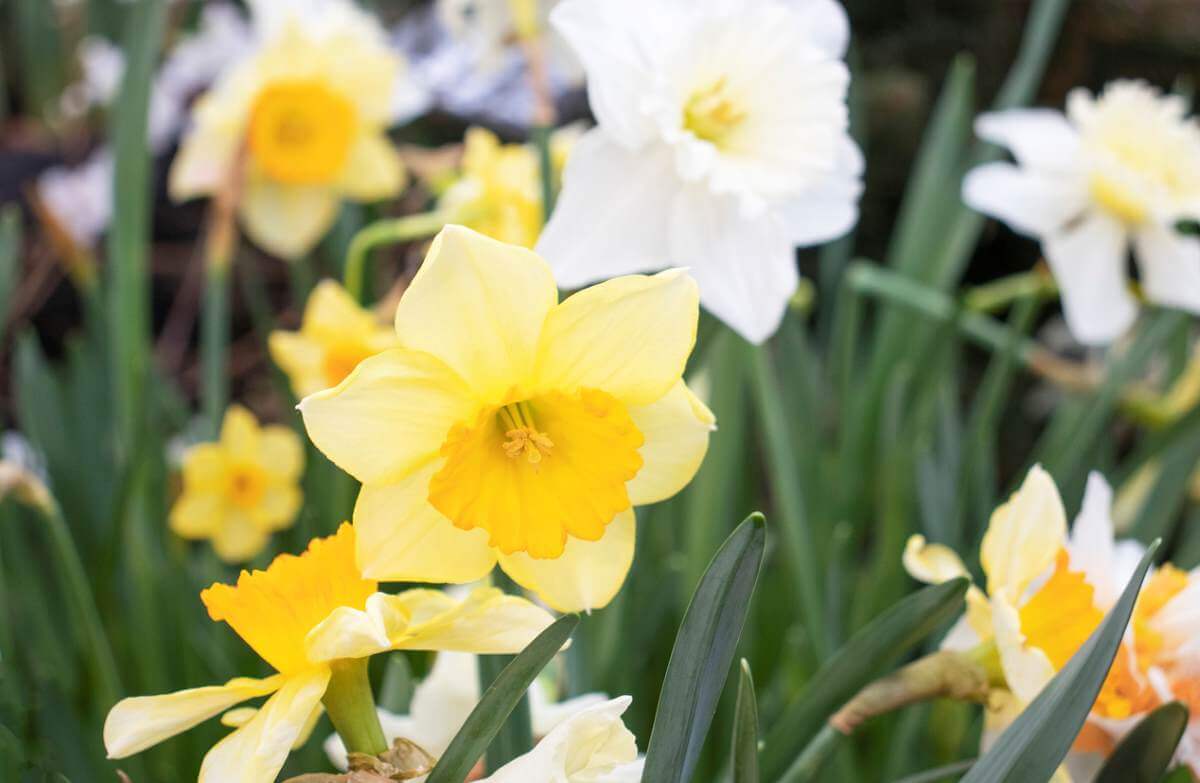
Easy to grow, the narcissus is an undemanding plant. Simply plant it in good garden soil about ten centimeters deep. For a beautiful result, it is advisable to plant several bulbs in the same place. It will flower as spring approaches. Again, you should wait until the plant has completely faded before cutting it. You can then store the bulbs in a cool, dry place until the next planting period.
Snowdrops

To enjoy the winter flowering of snowdrops, it is important to plant their bulbs between September and October. As with daffodils, it is best to plant them in groups for a beautiful result. To do this, place ten bulbs in a hole approximately 10 cm deep, spacing them about ten centimeters apart. In winter, when the rest of the vegetation is dormant, you will appreciate their white bell-shaped flowers.
Thought
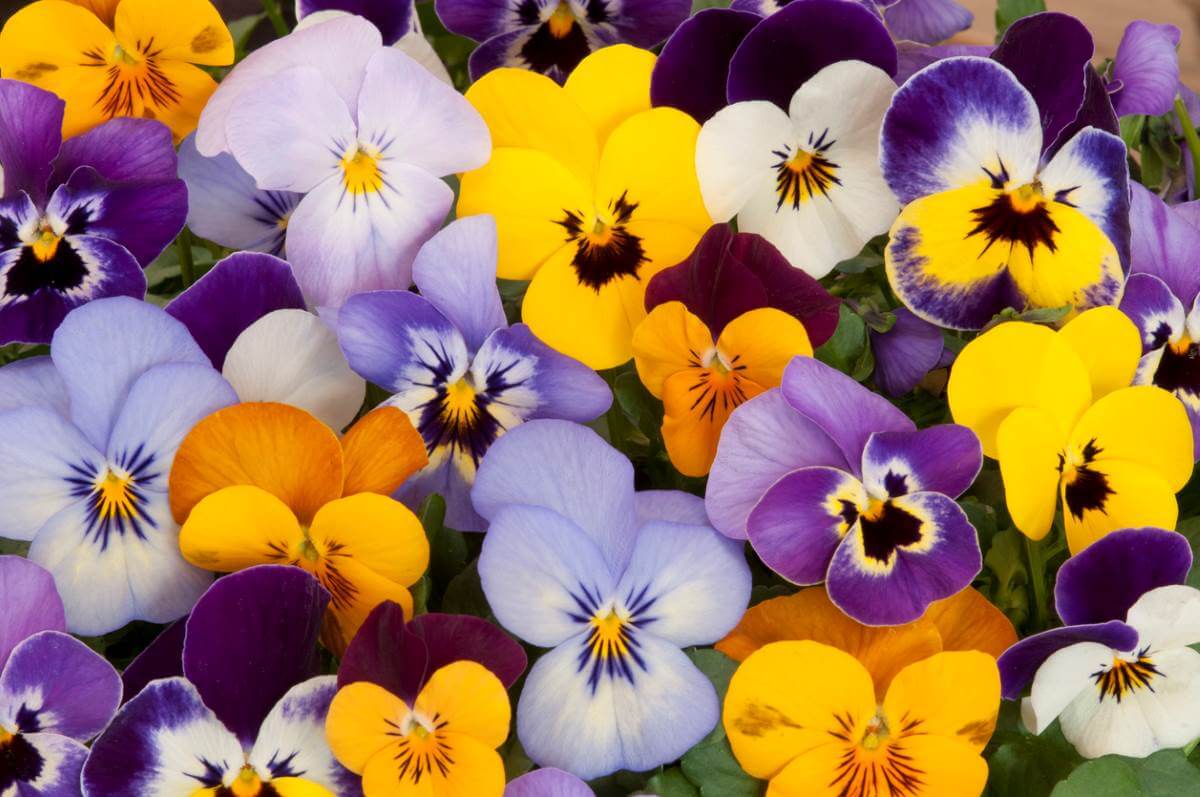
Pansies can be sown in spring, but also in autumn if you want to benefit from earlier flowering. You can plant them in the ground or in a pot. They will allow you to dress your outdoor spaces with a wide range of colors. Depending on the variety, it is possible to enjoy flowering spread over different periods of the year.
Tulip
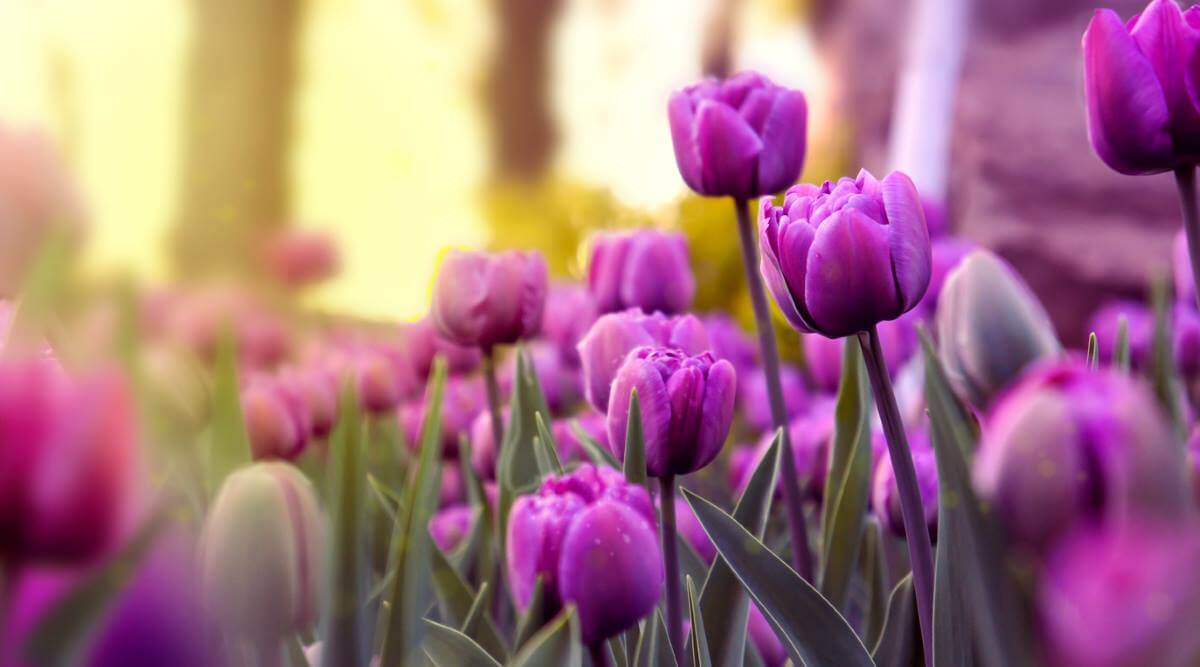
Tulips can also be planted as early as September. You can choose from a wide choice of colors, but also shapes. Simply plant your tulip bulbs point upwards at a depth of 2 to 3 times their height. They will then brighten up your garden year after year.

